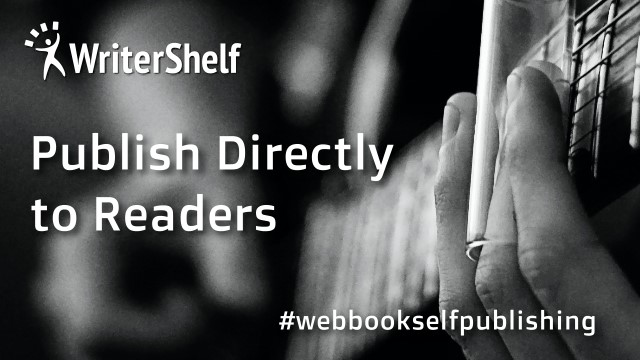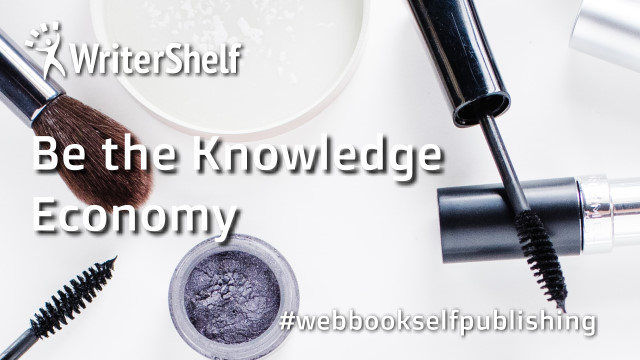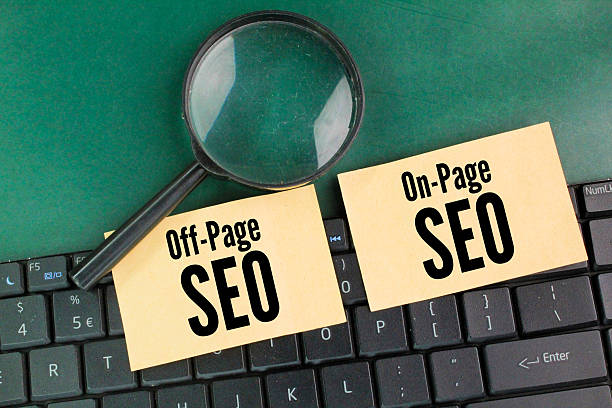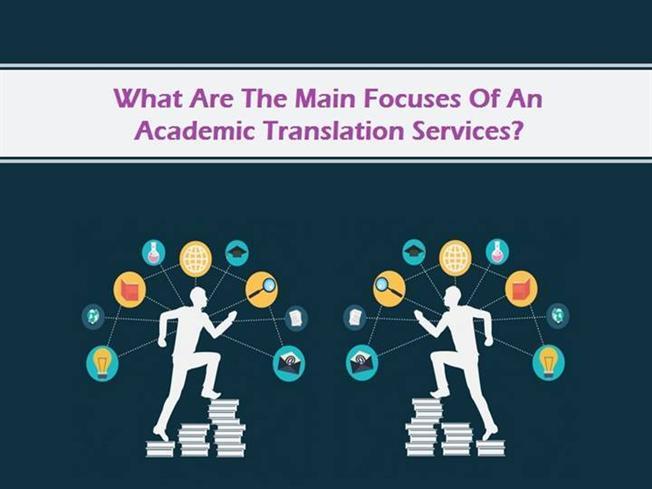On-Page SEO: The Foundation of Better Search Engine Rankings
7
0
·
2025/10/08
·
4 mins read
☕
WriterShelf™ is a unique multiple pen name blogging and forum platform. Protect relationships and your privacy. Take your writing in new directions. ** Join WriterShelf**
WriterShelf™ is an open writing platform. The views, information and opinions in this article are those of the author.
Article info
Categories:
⟩
⟩
Tags:
Total: 865 words
Like
or Dislike
More from this author
More to explore











In the digital age, where visibility is everything, ranking high on search engines can make or break your website. That’s where Search Engine Optimization (SEO) comes in—and at the heart of it lies on-page SEO. While off-page SEO (like backlinks and brand mentions) builds authority, on-page SEO ensures your website is readable, relevant, and valuable to both search engines and users.
This article will explore what on-page SEO is, why it’s important, and how to implement it effectively to boost your rankings and drive organic traffic.
What is On-Page SEO?
On-page SEO refers to all the optimizations done directly on your website to improve its visibility in search engines like Google, Bing, or Yahoo. This includes both content elements (like keywords and meta descriptions) and technical elements (like page speed and URL structure).
In simple terms, on-page SEO is everything you can control within your site to make it easier for search engines to understand your content and rank it accordingly.
Why On-Page SEO Matters
Search engines use complex algorithms to determine which pages to rank at the top of search results. On-page SEO helps these algorithms understand:
What your content is about
How relevant it is to the user’s search query
How user-friendly your website is
If your on-page SEO is poor, even the best content might not rank well. With good on-page optimization, however, even smaller websites can compete against large competitors.
Key Elements of On-Page SEO
1. Title Tags
The title tag is the clickable headline that appears in search engine results. It's one of the most important on-page SEO elements.
Tips:
Keep it under 60 characters
Place the target keyword at the beginning
Make it compelling to improve click-through rate
Example:
“On-Page SEO Tips for 2025: Boost Your Google Rankings”
2. Meta Descriptions
A meta description is the short summary shown under the title tag in search results. While not a direct ranking factor, a well-written meta description can boost click-through rates.
Tips:
Use the main keyword naturally
Keep it under 160 characters
Make it action-driven and relevant
3. Header Tags (H1, H2, H3...)
Headers help structure your content for both readers and search engines. The H1 tag is typically used for the main title, while H2 and H3 are used for subheadings.
Benefits:
Improves readability
Allows search engines to understand content hierarchy
Helps with keyword placement
4. URL Structure
Clean and descriptive URLs enhance both SEO and user experience.
Good URL:
www.example.com/on-page-seo-guide
Bad URL:
www.example.com/page?id=123
Tips:
Keep URLs short and readable
Include your primary keyword
Use hyphens, not underscores
5. Keyword Optimization
Placing the right keywords in the right places is essential for on-page SEO.
Where to include keywords:
Title tag
Meta description
URL
H1 tag
First 100 words of content
Image alt text
Avoid keyword stuffing—use keywords naturally and focus on user experience.
6. Content Quality and Relevance
Content is still king in SEO. Your page must provide value to the reader and answer their search intent.
Tips for SEO-friendly content:
Aim for in-depth, informative content (1000+ words for many topics)
Use short paragraphs and bullet points
Include images, videos, or infographics to enhance understanding
Update outdated content regularly
7. Internal Linking
Linking to other relevant pages on your website helps distribute page authority and keeps users engaged.
Example:
If you're writing about on-page SEO, link to another blog post on “off-page SEO” or “SEO tools.”
Benefits:
Improves crawlability
Helps users discover more content
Increases average session duration
8. Image Optimization
Search engines can’t “see” images the way humans do. That’s why alt text (alternative text) is important.
Image SEO Tips:
Use descriptive filenames (e.g., on-page-seo-checklist.jpg)
Add relevant alt text with keywords
Compress images to improve load speed
9. Page Speed and Mobile-Friendliness
Google favors fast-loading and mobile-responsive websites. A slow or unresponsive site hurts both rankings and user experience.
Tools to test performance:
Google PageSpeed Insights
GTmetrix
Mobile-Friendly Test (by Google)
10. User Experience (UX) Signals
Google uses behavioral signals like bounce rate, time on site, and pages per session to assess quality. Improving UX can indirectly boost rankings.
Quick wins:
Use clear fonts and clean layout
Avoid pop-up overload
Add call-to-action (CTA) buttons
On-Page SEO Checklist
Here’s a quick checklist for optimizing your pages:
✅ Use your target keyword in the title, URL, and first paragraph
✅ Write a compelling meta description
✅ Structure your content with H1, H2, and H3 tags
✅ Use internal links to related articles
✅ Optimize images with alt text
✅ Improve site speed and mobile usability
✅ Ensure content is original and solves a user problem
Conclusion
On-page SEO is the cornerstone of any successful SEO strategy. By optimizing the elements within your control—like content, HTML tags, and user experience—you give your website the best chance to rank higher, attract more visitors, and achieve better engagement.
Search engine algorithms are always evolving, but one thing remains constant: the importance of high-quality, optimized content. Mastering on-page SEO not only helps your site perform better in search results but also delivers real value to your users.
If you haven’t already invested in on-page SEO, now is the time. It’s not just about search engines—it’s about building a website that truly serves your audience.